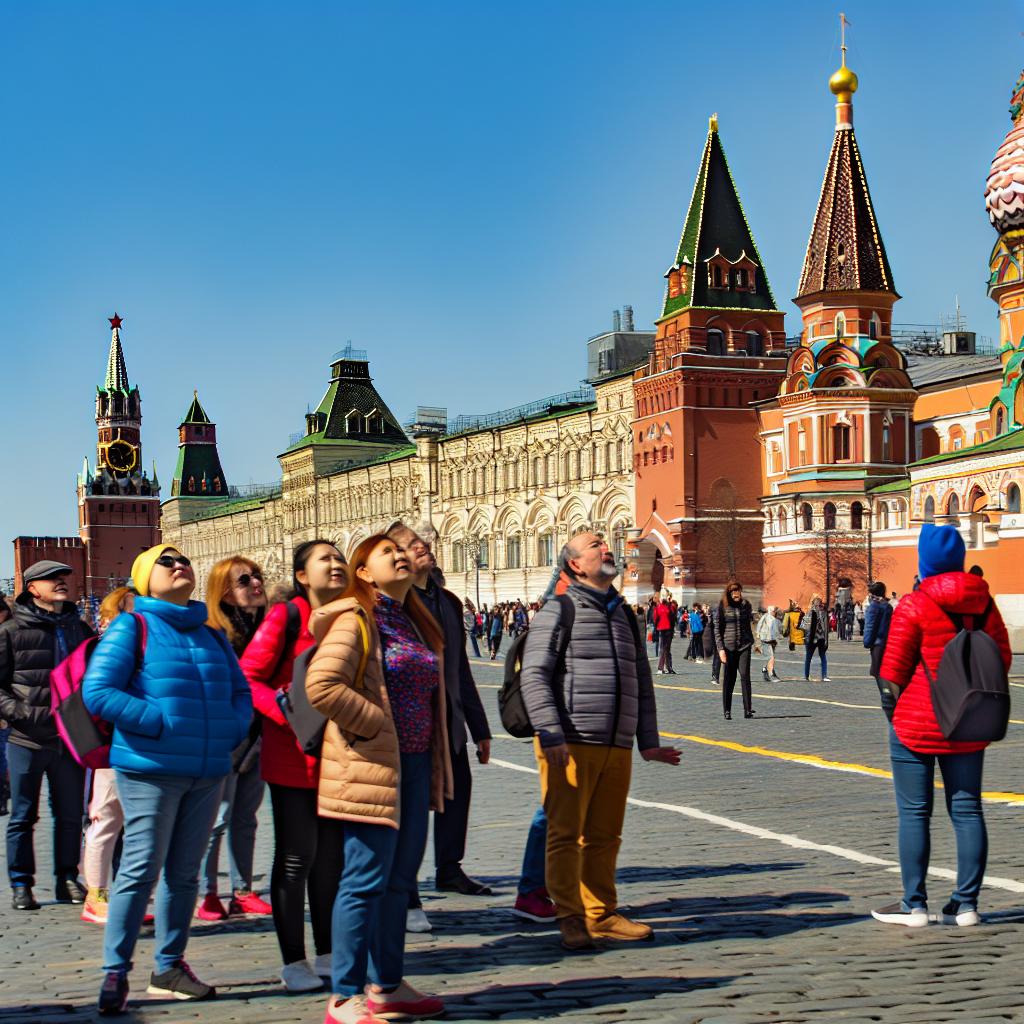Overview of Red Square
Located at the heart of Moscow, Red Square is one of Russia’s most famous landmarks and an iconic symbol of the country’s political and cultural history. Over the centuries, it has witnessed numerous significant events, serving as a focal point for both celebrations and upheavals.
Historical Significance
Red Square originated in the late 15th century under the reign of Ivan III. Its primary purpose then was as a bustling marketplace. However, its role evolved, becoming a pivotal area for public ceremonies and proclamations. Throughout history, it has been the stage for military parades, particularly during the Soviet era, showcasing the might of the Soviet Army.
Architectural Highlights
Several notable buildings surround Red Square, each representing different facets of Russia’s storied past. The most recognizable is the colorful domes of St. Basil’s Cathedral, commissioned by Ivan the Terrible in the 16th century. This architectural marvel is renowned for its bold colors and unique onion-shaped domes, which are symbolic of the unique Russian architectural style. The cathedral’s vibrant exterior and intricately designed interiors continue to draw admiration from visitors worldwide.
Close by is the austere, modernist structure of the Lenin Mausoleum, where the body of Soviet leader Vladimir Lenin has been on display since his death in 1924. This mausoleum stands as a stark reminder of Russia’s Soviet past and serves as a solemn place of homage for those interested in Soviet history. The significance of Lenin’s Mausoleum extends beyond its immediate visual presence; it also prompts contemplation of the country’s turbulent political history.
Apart from these, the imposing walls of the Kremlin line one side of the square. This historic fortified complex serves as the official residence of the President of Russia. The Kremlin is not just a political center; it is also a cultural landmark, housing multiple museums, cathedrals, and the famous Tsar Bell and Tsar Cannon, which symbolize the might and grandeur of Russia’s imperial era.
GUM, a large department store, stands opposite the Kremlin, offering a contrast with its elegant, glass-roofed architecture that dates back to the late 19th century. Originally constructed as a trading gallery, GUM has transformed over time into a luxurious shopping destination, home to various high-end brands. Its architectural beauty and historical significance make it a unique blend of commerce and culture right at the center of Moscow.
Cultural Impact
Red Square has not only been pivotal in political affairs but also in cultural contexts. It has been featured in countless films, artworks, and literature, serving as a symbol of Moscow and, by extension, of Russia itself. This square has inspired artists, writers, and filmmakers, becoming an integral part of Russia’s cultural and historical narrative. Literature from the era of the Russian Empire to modern-day works often evoke imagery of Red Square, demonstrating its longstanding influence on Russian culture.
The site regularly hosts concerts and public gatherings, allowing it to maintain its relevance in modern Russian culture. From international music stars performing to cultural festivals and celebrations like the Day of Moscow, Red Square is consistently alive with activity, making it a vibrant hub for both locals and tourists. These events offer everyone an opportunity to engage with the living culture of Moscow amidst its historical backdrop.
Modern Day Context
Today, Red Square remains a major tourist destination and a functional part of Moscow’s urban life. Its cobblestones are trodden by millions of visitors each year, reinforcing its role as a crossroad between Russia’s rich past and dynamic present. For visitors, the square offers a blend of historical exploration and contemporary experiences, forming a central element of any visit to Moscow.
The Red Square area is meticulously maintained to preserve its historical integrity while accommodating large numbers of visitors. This balance ensures that the area remains relevant and accessible, providing an engaging experience for all. Visitors can enjoy both the historical landmarks of the square and take part in modern Russian culture through the various events held there.
For those wishing to explore further, official resources and guided tours are available. These tours offer in-depth narratives of the square’s history and its importance to Russia. Guides often provide unique insights into the architectural features and the stories behind these legendary structures. Please refer to local tourism websites for more detailed visitor information and insights.
Red Square continues to provide a window into Russia’s complex history and diverse cultural tapestry, offering something for both history buffs and casual visitors alike. From the towering spires of St. Basil’s Cathedral to the solemn halls of Lenin’s Mausoleum, each aspect of Red Square invites exploration and deeper understanding of Russia’s past and present. Whether you are delving into its architectural splendor or experiencing its cultural events, Red Square remains a vital connection to the heart and soul of Russia.

